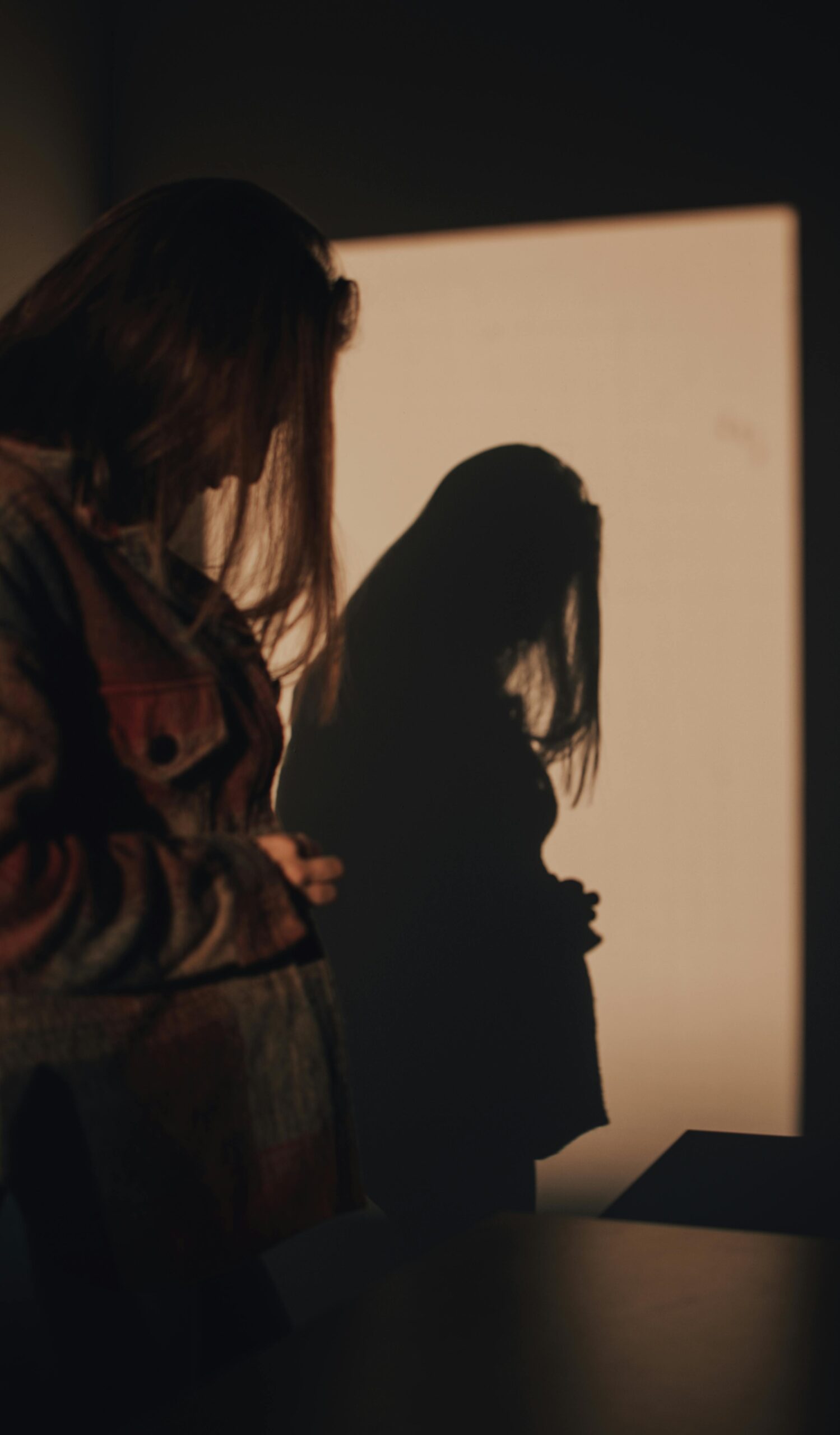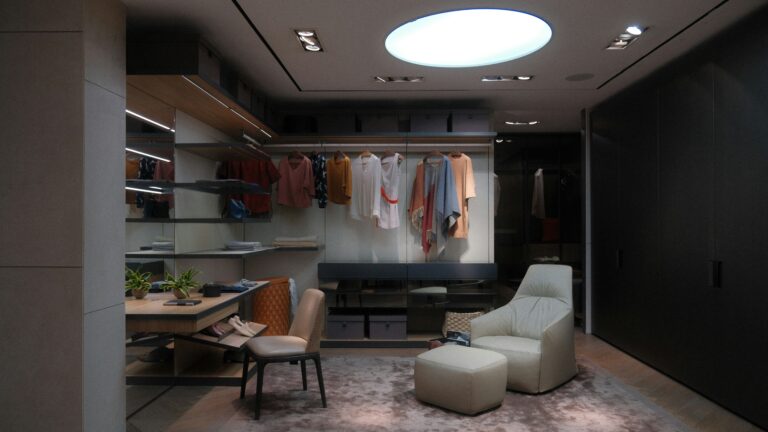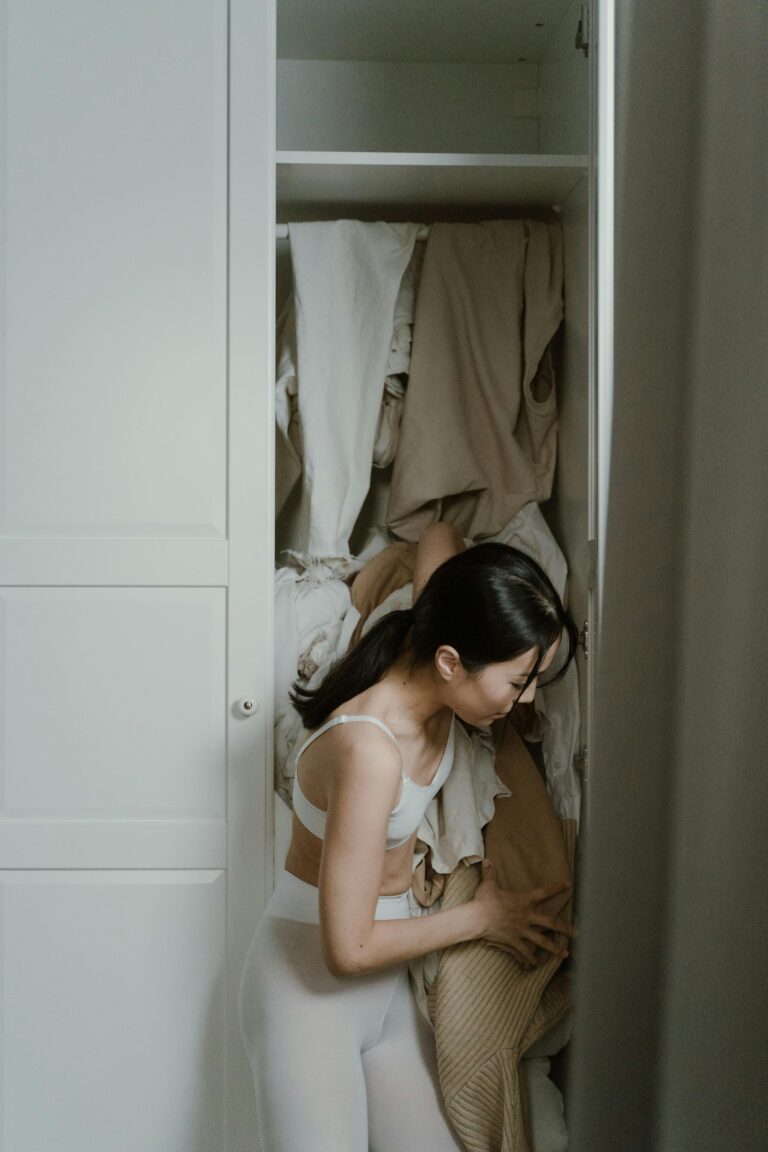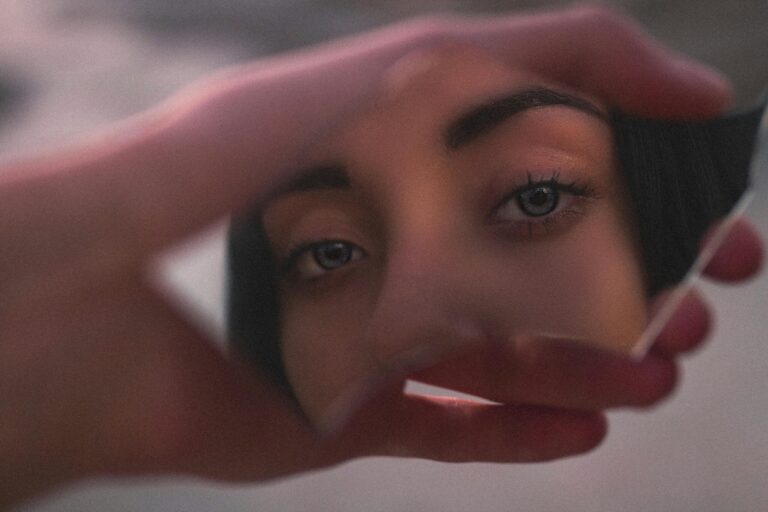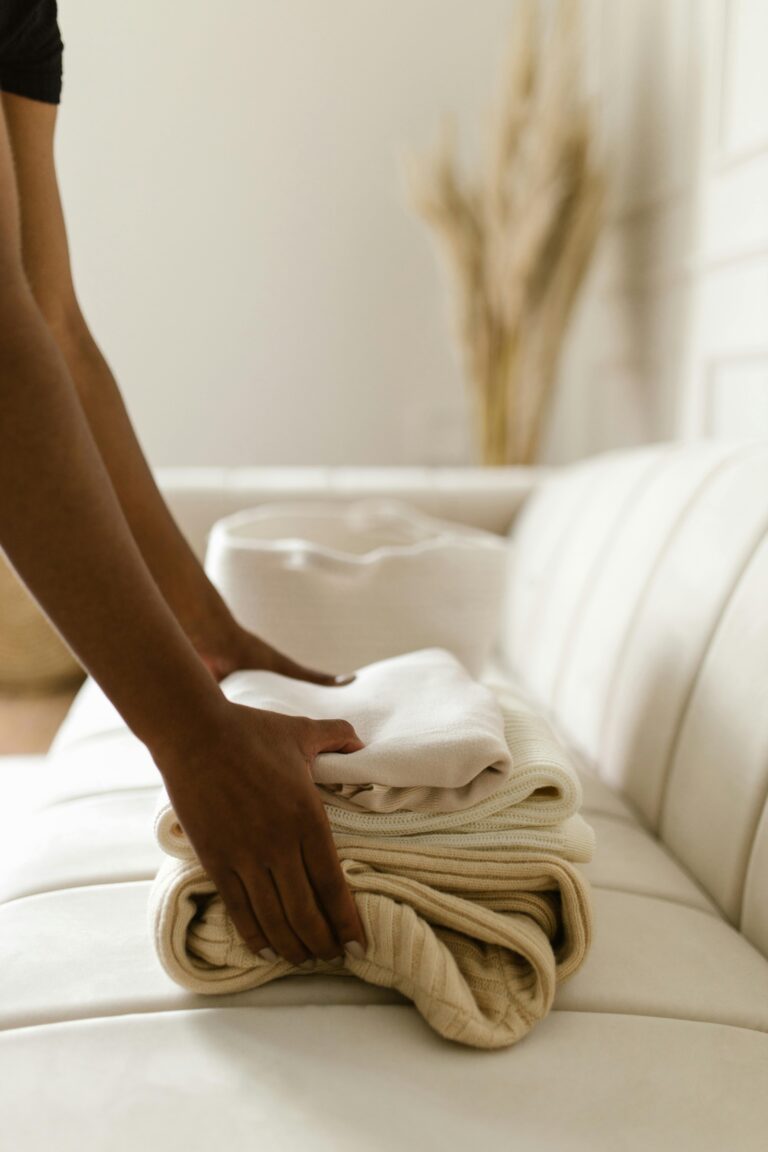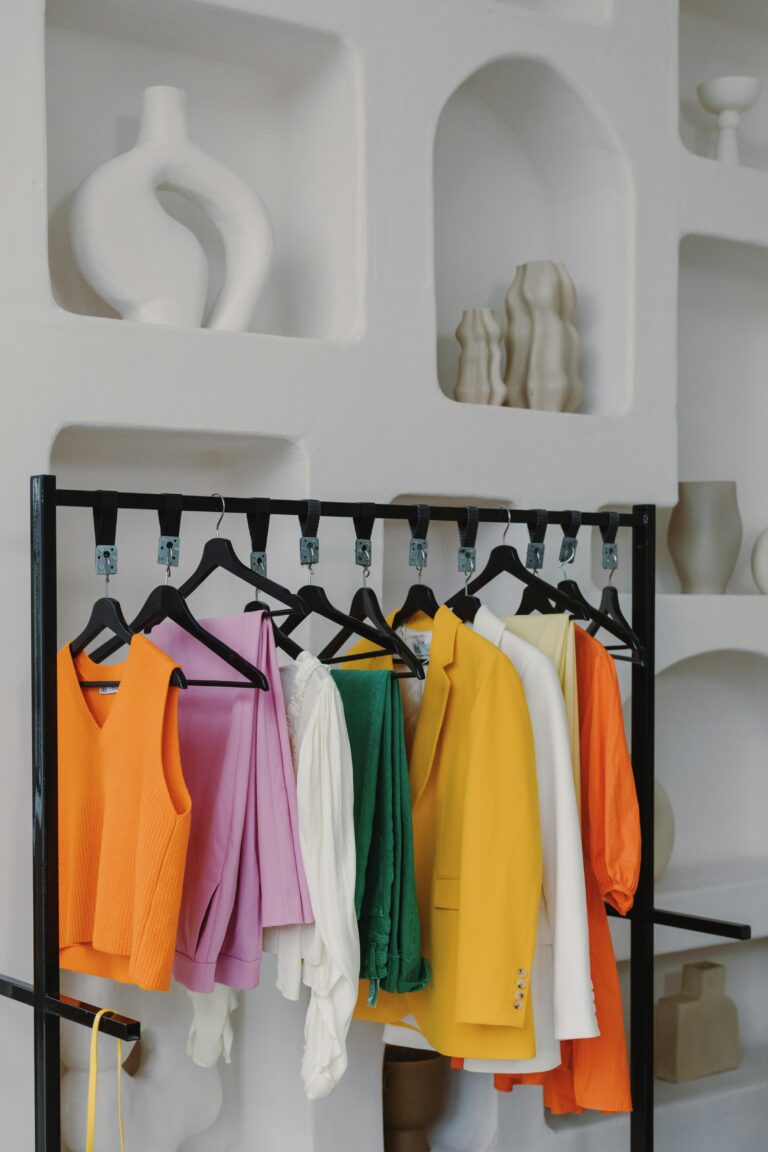The Fear of Being Seen: A Strategic Guide for New Beginnings
Walking into a new place feels like stepping beneath an uninvited spotlight, skin heating, legs faltering, every glance sharpening into a question: Are they looking at me? Or worse, are they not? The body trembles, the mind spirals, and before you’ve even crossed the threshold, you’re already negotiating your visibility.
This is the fear of being seen. In our last post, we built a simple outfit formula to ease the private chaos of “what do I wear now?” A way to begin the day with clarity instead of indecision. But private clarity is only half the journey. The moment you step outside, another challenge arrives: how to carry that clarity into the eyes of the world.
Because style doesn’t just live in your closet. It lives in motion, in rooms where strangers glance, in moments when you feel most exposed. And it’s here in between the woman you were and the woman you’re becoming that fear sharpens into friction. This isn’t the place to retreat. It’s the place to learn how to be seen without losing yourself.
The First Liberation: Understanding the Spotlight
But before we even reach for clothes, we have to name the phantom that makes visibility feel unbearable: the imagined spotlight. Most of the time, “they” are faceless, an imagined audience we gift with enormous power. Sometimes it’s a single intimidating figure. Either way, we convince ourselves this crowd decides if we belong, how we’ll be remembered, whether our voice is too loud or too small.
Psychologists call this the Spotlight Effect: the false belief that we are under constant observation. The liberating truth? Most people are too absorbed in their own dramas to watch yours. You’re the star of your story but in theirs, you’re barely background. So you can release the pressure of choreographing for an audience that isn’t even watching.
A Cartography for Confidence: Five Points of Navigation
What follows is not a list of rules, but a map for navigating the complex terrain of a new beginning.
1. The Single Point of Focus
The way out of overexposure isn’t shrinking smaller, but narrowing the frame. A single focus: sharp boots, a bold lipstick acts like a grounding wire. Instead of your mind scattering across every imagined judgment, it rests on one thing you’ve chosen. Look here, not everywhere.
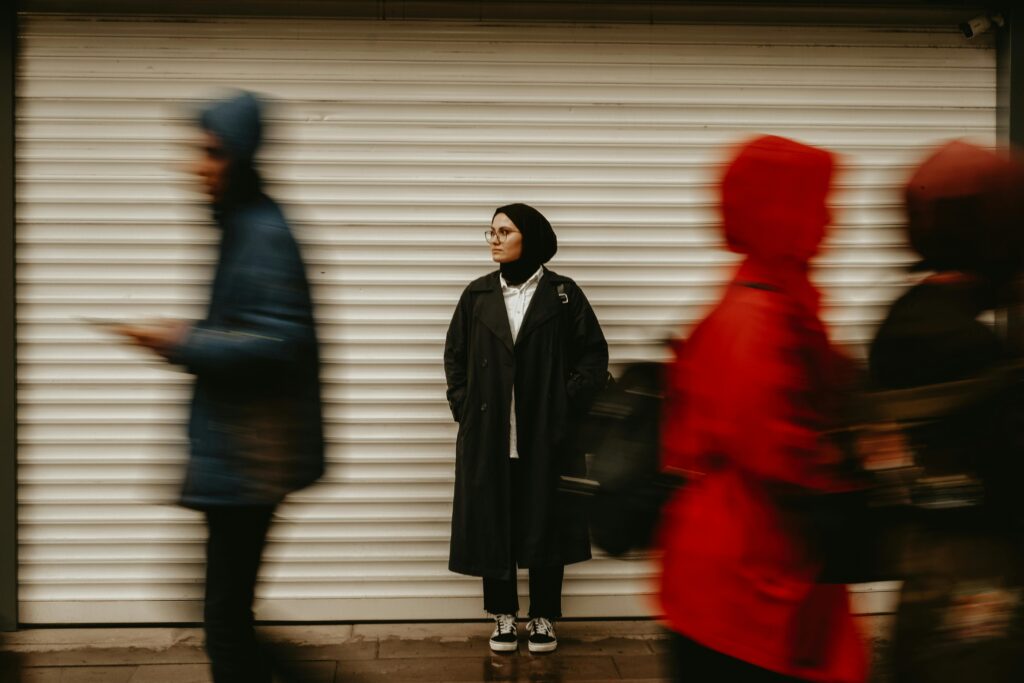
I still remember the first time I had to go somewhere far on my own. No friends, no family just me, suddenly aware of how exposed I felt. I was nervous, almost too nervous to step out. Then I picked up my mom’s brown lipstick and put it on my first time ever wearing it outside. And something shifted. I didn’t feel invisible anymore, or like a little girl out of place. The lipstick didn’t just colour my lips; it lent me her strength, a grown-up confidence I hadn’t owned before. I walked out feeling less shaky, more sure.
2. The Art of Habituation
Even when one piece grounds you, the body still needs time to adjust. Every new style feels like a costume at first. The fabric feels foreign, the reflection a stranger. But with time, the body adapts the strange touch becomes familiar, the reflection starts to look like you again. This is habituation, the brain’s way of turning the unfamiliar into the familiar. It’s how the strange touch turns ordinary, how the stranger in the mirror becomes you again.
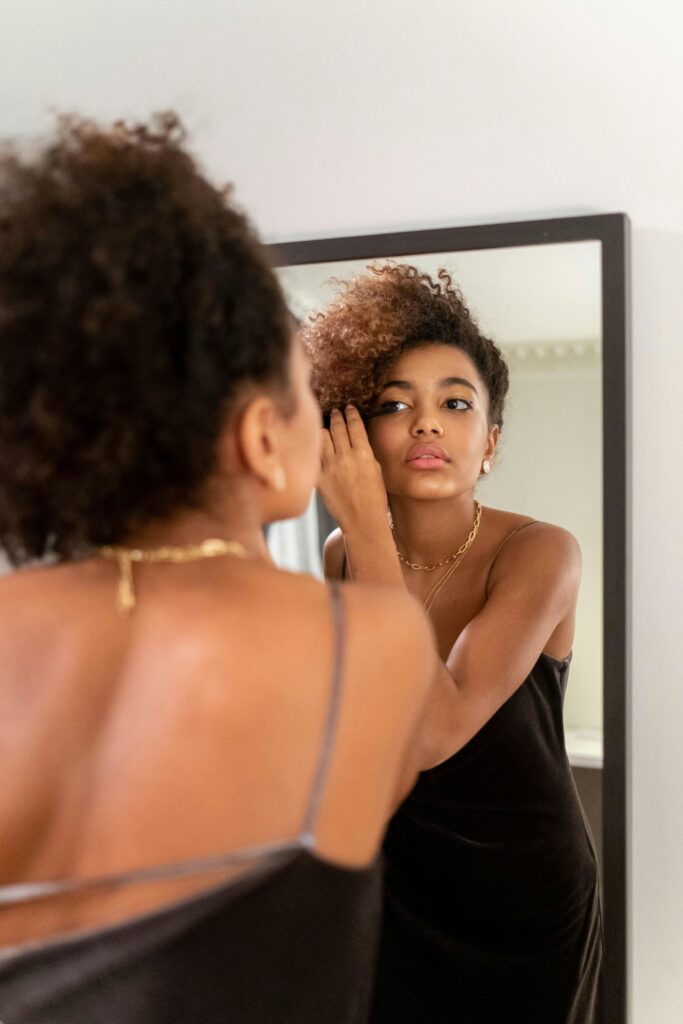
By wearing a new look in the safety of your own home, you allow your body and mind to acclimate. You are not practicing; you are normalizing. You are letting the piece become part of your physical identity before you ask it to perform socially. And once it feels less foreign in private, the next step is choosing where to let it debut.
3. The Controlled Environment
A strategic debut is best executed in a space that supports it. Different environments hold different energies. Some people feel safer trying something new in a fast-paced space a busy café or street because the rhythm makes them feel invisible, unobserved. Others find comfort in slower spaces a gallery, a bookstore where individuality is expected. The point isn’t the ‘right’ setting, but the one where you breathe easier.
This is a gentle form of graduated exposure, a psychological method of introducing yourself to something new in low-stakes environments. Or you can control the social environment by wearing the new look with a trusted friend. What you’re really seeking is reassurance the quiet confirmation from someone who knows you that your evolution hasn’t erased you. They still see you. Of course, visibility isn’t only about setting it also lives in texture and colour.
4. The Sensory Deepening
Visibility does not have to be loud; it can be achieved through a quiet, sensory richness. Sometimes a deep burgundy sweater holds you quietly, its texture speaking louder than colour. This is a form of emotional regulation through touch.
Certain sensory inputs bypass the rational mind and speak directly to our emotional centres. Other times, a vivid red knit jolts you forward. Neither is better they’re simply different languages of coping. What matters is recognising that fabric and colour both work as emotional regulators: one steadies you through touch, the other energises you through sight. And when every new element feels unsteady, the surest way to stabilise is to ground yourself in what’s already proven.
5. The Anchor & Identity Continuity
When everything else feels uncertain, the surest way to steady yourself is with an anchor piece a neutral, versatile base that balances whatever new element you’re testing. Anchors don’t shout; they steady the look so you don’t drift untethered.
For me, it was always my favourite pair of black trousers. No matter what new top or colour I tried, those trousers kept me grounded. They reminded me that even if the experiment felt risky, part of my outfit was already proven, already safe.
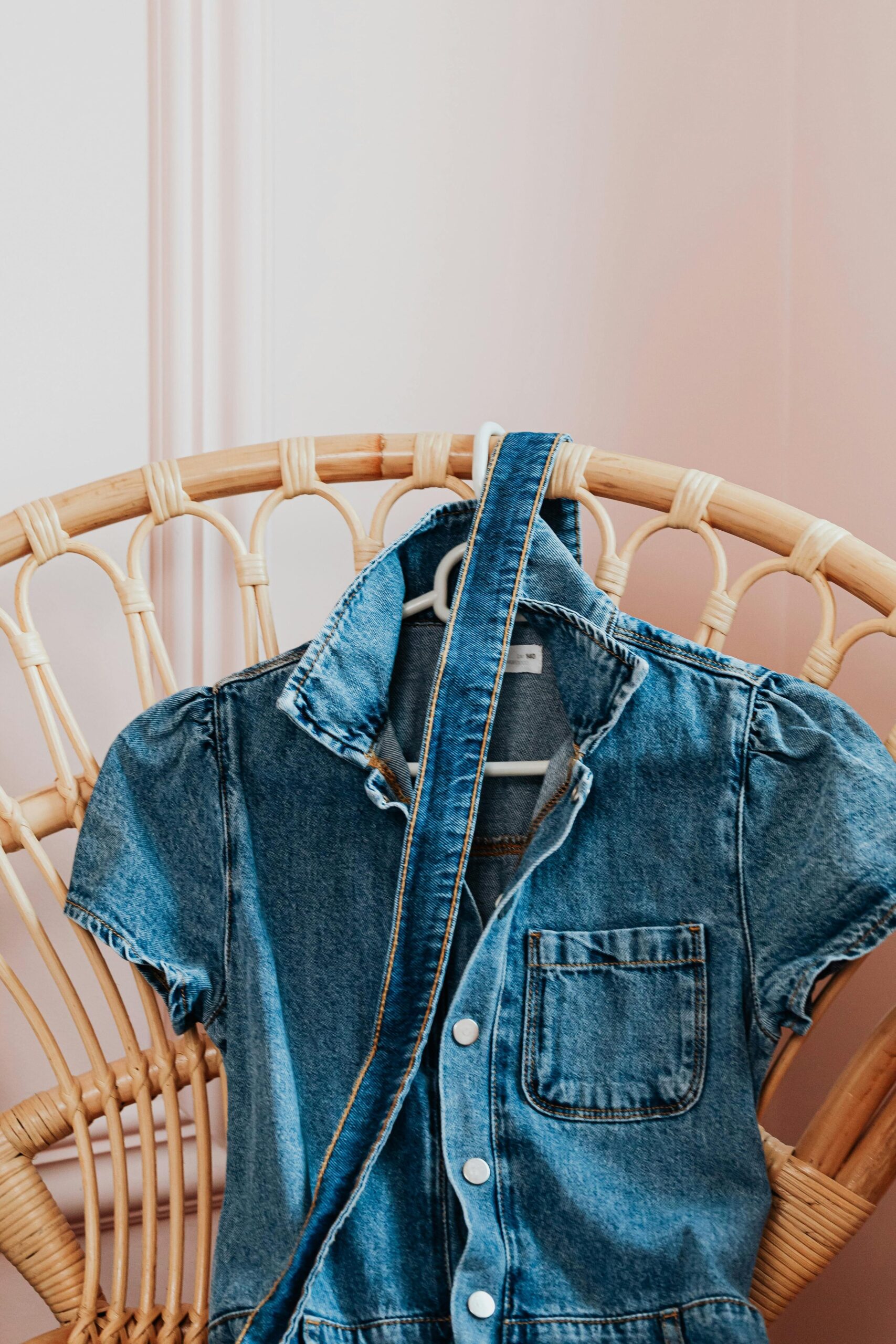
That’s what anchors do: they reduce the sense of risk. A crisp white shirt, tailored jeans, a simple sweater these familiar staples give you a stable foundation so you can layer something new without feeling like you’re betraying yourself. With an anchor in place, the look reads less like reinvention, more like evolution.
Conclusion: The Quiet Confidence of Being
The fear of being seen doesn’t vanish overnight. But each of these choices focus, familiarity, setting, sensation, anchor dissolves the spotlight’s glare until visibility feels less like exposure and more like presence.
Taking up space isn’t about volume. It’s about wearing your choices with quiet conviction whether vivid colour, soft fabric, or familiar jeans. Style becomes less about impressing others and more about feeling aligned with yourself.
These strategies aren’t about reinvention; they’re about giving you a framework to dress the woman you are today strategically, soulfully, and in motion. Evolution isn’t sudden. It stitches slowly, choice by choice, until confidence rests like a second skin.
So tell me: what’s your anchor piece the garment that holds you steady when everything else feels new? Find it, and being seen shifts from spotlight to simply being.
